Technology giants in the Fortune 100 include Apple, AT&T, Verizon, Cisco, HP, 3M, IBM, Comcast, Ingram Micro, Oracle, Amazon and Microsoft.
June 16, 2016
Fortune 500: Channel Giants AT&T, Verizon, Comcast, Cisco Near the Top
This year’s elite list of Fortune 500 companies is out, and it’s littered – no surprise – with technology giants. And many are still improving: The majority of the big names climbed at least a couple of spots on the list.
Ever wondered how Fortune ranks these top dogs? It’s simply a measure of total revenue for each company’s respective fiscal years. To qualify, you have to be incorporated in the United States, operate in the U.S. and file financial statements with a government agency.
Overall, Walmart was far and away No. 1, reporting $482 billion in sales. Exxon Mobile was second, with only about half that number.
For this gallery, we broke down the tech companies that cracked the top 100, all of which have partner programs or are at least connected to the channel in some way.
Are you selling for one of America’s largest?
Follow senior online managing editor Craig Galbraith on Twitter.
Fortune 100 Tech Companies: #3 — Apple

Company: Apple
Previous rank: #5
Revenue: $234 billion
Revenue Change: +28%
Profit: $53 billion
Not bad to have what many consider to be a down year and still rise from No. 5 to No. 3 on Fortune’s list.
Consider the fact that the iPhone 6S and 6S Plus barely outsold their predecessors, and iPad sales shrunk as the tablet market became saturated. The Apple Watch, which debuted in April 2015, sold only modestly and got mixed reviews.
All that being said, Fortune expects more big innovations from the Silicon Valley giant before long.
“Dubbed Project Titan and staffed with hordes of former car industry experts, Apple’s effort to leapfrog the automobile market with an electric masterpiece likely won’t reach consumers for a few more years,” Fortune noted. “But when it does, [CEO Tim] Cook and company could be riding high again.
While Apple isn’t a pure play in the channel, the company’s devices are included in partner programs that focus on mobility.
Fortune 100 Tech Companies: #10 — AT&T
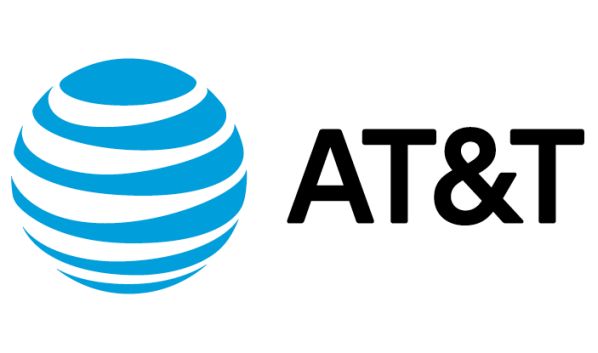
Company: AT&T
Previous rank: #12
Revenue: $147 billion
Revenue Change: +11%
Profit: $13 billion
Like Apple, AT&T jumped two spots on Fortune’s list, despite T-Mobile pulling away almost 2 million of the carrier’s monthly mobile subscribers.
With traditional telcos’ legacy phone businesses in decline, AT&T made some big moves in 2015. First was the $50 billion purchase of DirecTV. Then there was the international acquisitions of Nextel Mexico and Iusacell for nearly $5 billion.
AT&T is a big player in the channel, with a trio of partner programs. They are: Alliance Channel, the traditional agent program that offers wireline, data and wireless services to businesses of all sizes; Partner Exchange, which gives solution providers access to AT&T’s platform and services through APIs so they can deliver their own customized solutions; and ACC Business, the program dedicated to partners who want to sell telecom services to SMBs.
Fortune 100 Tech Companies: #13 — Verizon
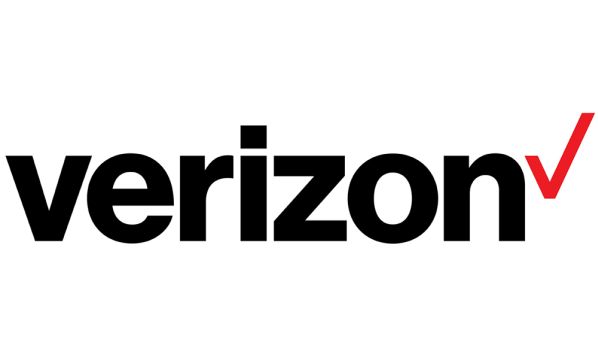
Company: Verizon
Previous rank: #15
Revenue: $132 billion
Revenue Change: +3.6%
Profit: $18 billion
Verizon also moved up two spots. The company paid off some of its long-term debt in 2015 that it brought on after buying out Vodafone, its wireless partner, the previous year. That meant selling off some of its landline and FiOS businesses in California, Texas and Florida to Frontier Communications.
The company made a strategic move for the future, buying up 181 licenses in the governments AWS spectrum auction. And it made headlines for its $4 billion purchase of AOL for a bigger push into digital advertising, a move that many critics questioned.
Like its rival AT&T, Big Red is a huge channel player. Through Verizon Enterprise Solutions, the Verizon Partner Program offers a full range of services and various models with which partners can work.
Fortune 100 Tech Companies: #18 — Amazon
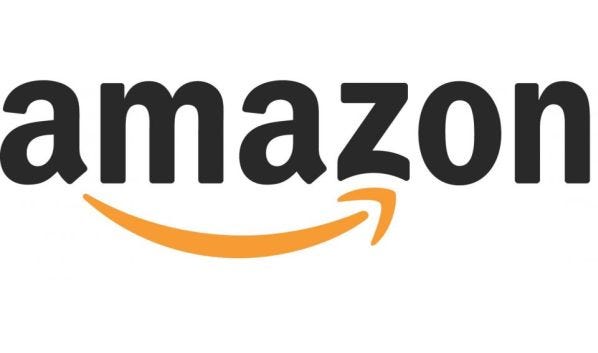
Company: Amazon
Previous rank: #29
Revenue: $107 billion
Revenue Change: +20%
Profit: $596 million
“The Everything Store has entered into a new era — of profitability,” noted Fortune. Amazon has now reported four consecutive quarters of record profit.
One reason is hardware. It’s tablet business is growing nicely, and it’s home automation device – Echo – has seen nice uptake.
Amazon Prime, its video and music subscription offering, continues to make money.
Up next is a fleet that those brown and white trucks don’t want to see coming.
“The e-commerce giant is quietly building a shipping network of trucks, planes, and freight to get deliveries to customers faster, taking on the likes of FedEx and UPS,” said Fortune.
Amazon’s growth in the channel knows no bounds as its cloud, via Amazon Web Services (AWS), dominates the field. In a 2015 study, Gartner said AWS had more than 10 times the computing capacity than the next 14 largest cloud companies combined.
Fortune 100 Tech Companies: #20 — HP

Company: HP
Previous rank: #19
Revenue: $103 billion
Revenue Change: -7%
Profit: $4.5 billion
HP’s big news was its split into HP Inc., its traditional computing and printing business, and Hewlett Packard Enterprise (HPE), its enterprise hardware, software and services business.
“The rise of cloud computing and the weakening personal computer and printer market took a toll on Hewlett Packard, which continued to see sales decline each quarter,” Fortune noted. With the split, CEO Meg Whitman figures the two entities will be better able to compete on their own.
The tech giant also said it was eliminating 30,000 jobs to become more efficient.
The companies outlined their post-split partner programs to us late last year, before the separation was final. HP’s Partner One program was replaced with HPE’s Partner Ready. Partner Ready aims to help partners deliver offerings that help their joint customers “evolve to the new style of business,” including transforming to a hybrid infrastructure, protecting the digital enterprise, empowering data-driven organizations and enabling workplace productivity.
As for HP Inc., its Partner First program introduced new “streamlined programs, tools and processes aimed at delivering innovation and consistency across all markets and geographies.”
Fortune 100 Tech Companies: #25 — Microsoft
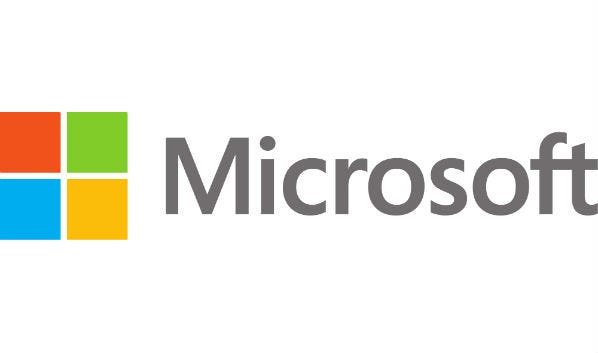
Company: Microsoft
Previous rank: #31
Revenue: $94 billion
Revenue Change: +7.8%
Profit: $12 billion
Microsoft is up six spots on Fortune’s list.
While its foray into consumer mobility hardware – consider that Nokia acquisition that flopped – has been a struggle, Microsoft is making serious strides in the enterprise. Going beyond the fact that its Windows OS remains commonplace on desktops, migrating businesses to Office 365 has become a regular cloud opportunity for solution providers. And Azure, its public cloud infrastructure, is No. 2 behind Amazon.
“Now Microsoft must convince [customers] to use more Office 365, which runs in Microsoft’s own data centers, without overly cannibalizing sales of old-fashioned, on-premise Office, Exchange, and other applications,” Fortune noted.
The Microsoft Partner Network gives solution providers “productivity and developer software, training, marketing plans and support to help them grow their businesses,” according to the company.
Fortune 100 Tech Companies: #31 — IBM

Company: IBM
Previous rank: #24
Revenue: $82 billion
Revenue Change: -12.4%
Profit: $13 billion
IBM slipped even more than its rival, HP, down seven spots.
Not only was revenue down more than 12 percent for the year, IBM reported its 16th consecutive quarter of falling sales.
IBM is in the midst of its own shift, trying to direct “attention to the 104-year-old company’s newer businesses: cloud computing, mobility, analytics, and security as well as bold partnerships and acquisitions,” Fortune noted.
Its biggest buy last year was Truven Health Analytics, a data company, for $2.6 billion. Growth in that segment has been solid, but not enough to offset losses in IBM’s traditional businesses.
Through IBM PartnerWorld, partners can sell cloud, analytics, mobility, security and more, “power[ing] growth and profitability while making the world work better.”
Fortune 100 Tech Companies: #36 — Alphabet (Google)
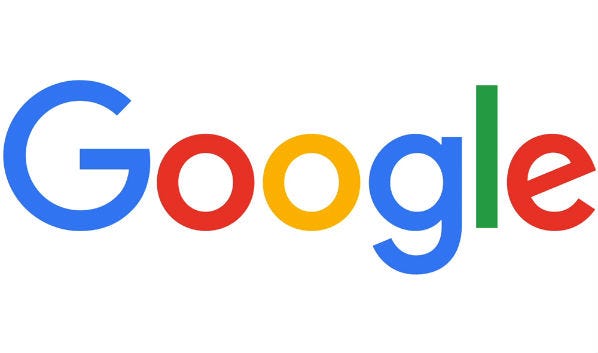
Company: Alphabet (Google)
Previous rank: #40
Revenue: $75 billion
Revenue Change: +4.9%
Profit: $16 billion
Google, now operating under the corporate brand Alphabet since reorganizing last year, rose four positions on the list.
Google, Alphabet’s core unit, includes its ad business, YouTube and Android mobile OS. Those generated the vast majority of the company’s revenue in the first quarter of 2016.
Of course, Alphabet is now dabbling in self-driving cars, home-automation and more; it remains to see if those will be profitable.
Google for Work will make its Channel Partners debut at Channel Partners Evolution, Aug. 14-17, in Washington, D.C. Read our Q&A with Murali Sitaram, Google’s director of global partner strategy and alliances, here.
Fortune 100 Tech Companies: #37 — Comcast
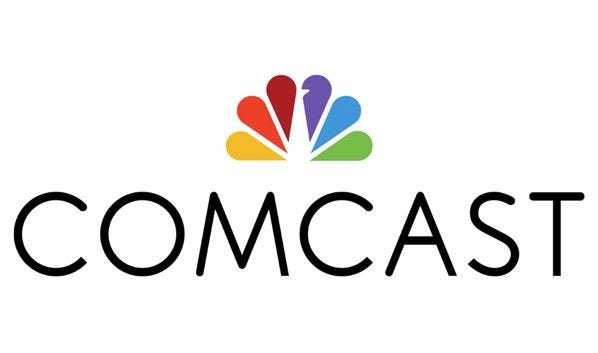
Company: Comcast
Previous rank: #43
Revenue: $75 billion
Revenue Change: +8.3%
Profit: $8.2 billion
Comcast jumped six spots on Fortune’s list.
The cord-cutting trend doesn’t appear to be hurting Comcast — yet,” noted Fortune.
The nation’s largest cable company is said to have invested in beefing up its customer service and line of set-top boxes. Those moves helped it top the 23 million mark in subscribers. If Comcast wants to retain the top spot among cablecos, it’ll have to watch its back. Charter recently closed its purchase of Time Warner Cable and Bright House Networks, making it a close No. 2.
On the content side, Comcast bought the DreamWorks Animation studio for $3.8 billion.
Comcast, of course, which launched its partner program under the Comcast Business umbrella just a few years ago, has become a significant player in the channel. The cableco offers options that include its Solutions Provider Program, Authorized Connector Referral Program and Alliance Referral Program.
Fortune 100 Tech Companies: #51 — Intel
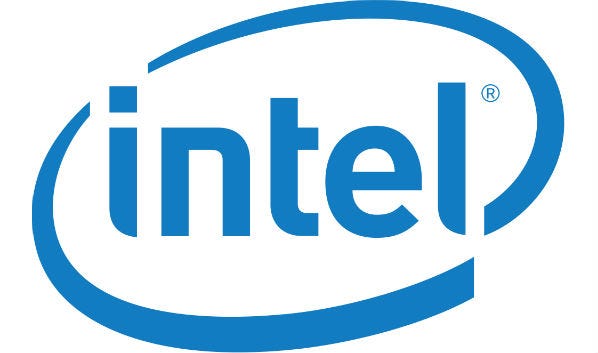
Company: Intel
Previous rank: #52
Revenue: $55 billion
Revenue Change: -0.9%
Profit: $11.4 billion
Intel inched up one spot as it tries to boost its profile as a major supplier in the Internet of Things, making connected chips for self-driving cars, jet engines and more.
The company remains a significant player in mobility, with a recent report that it will supply up to half of the modems for Apple’s iPhone 7, due this fall.
That’s the good news. The bad?: Revenue was down a hair from the previous year. Intel’s PC and software groups are seeing the biggest drops, Fortune said.
The Intel Reseller Program for Technology Providers provides training and events; points; sales and marketing tools; technical support; account management and more. Intel Security is making a big push in the channel, as we reported from its Americas Partner Summit in Florida earlier this year.
Fortune 100 Tech Companies: #54 — Cisco
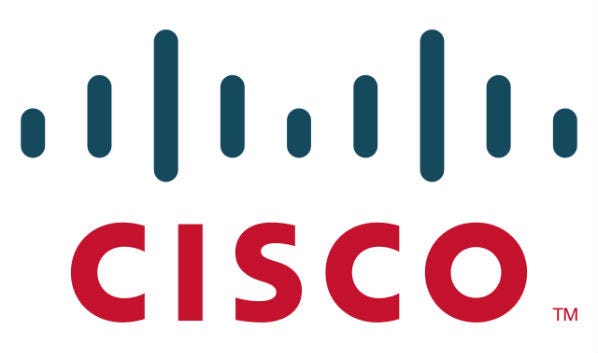
Company: Cisco
Previous rank: #60
Revenue: $49 billion
Revenue Change: +4.3%
Profit: $9 billion
Despite a year in which Cisco has seen a mass exodus of top execs in the wake of Chuck Robbins’ rise to CEO, Cisco is up six spots.
“[Robbins] now leads a company that faces a rapidly changing technology industry in which more businesses seem to be buying less data-center hardware and more cloud computing services from companies like Amazon and Microsoft,” Fortune noted.
That’s led to pressure on Cisco to go beyond its legacy networking hardware, which, fortunately, still results in billions in revenue every quarter.
The company continues to grow through acquisition, adding Jasper Technologies, the Internet-of-Things specialist, for $1.4 billion, and OpenDNS, the cybersecurity company, for $635 million.
Cisco offers partners a full range of products and services to sell through its Channel Partner Program, which includes the “training, tools, and support to help you and your customers rise above your competition.”
(In an irrelevant, yet interesting, coincidence, food distributor Sysco ranked just three spots below Cisco on this year’s Fortune list.)
Fortune 100 Tech Companies: #64 — Ingram Micro
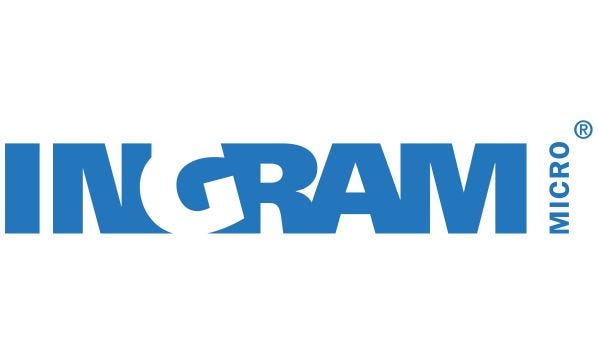
Company: Ingram Micro
Previous rank: #62
Revenue: $43 billion
Revenue Change: -7.4%
Profit: $215 million
Still the highest-ranked technology distributor in the Fortune 500, Ingram Micro fell two spots this year.
The company announced in February that it would sell to HNA Group, the Chinese aviation and shipping conglomerate, for $6 billion. Ingram’s CEO told partners at its annual Cloud Summit that Ingram “will [continue] to be a winner” post merger.
When the deal closes later this year, IM will be a subsidiary of Tianjin Tianhai Investment Co., which itself is an HNA subsidiary.
Fortune 100 Tech Companies: #77 — Oracle
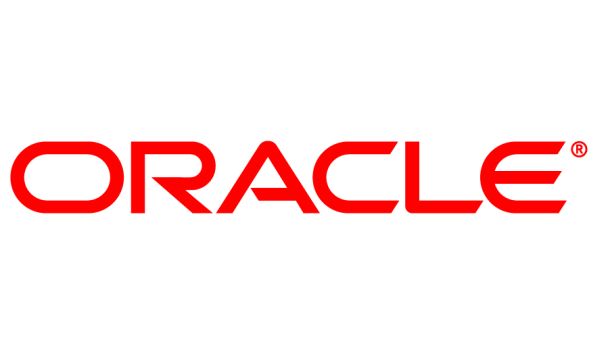
Company: Oracle
Previous rank: #81
Revenue: $38 billion
Revenue Change: -0.1%
Profit: $10 million
Oracle is another company that Fortune notes “continues to navigate in the tricky new world of cloud-deployed software.” It’s tack has been to buy up businesses that specialize in subscription software services.
The company also now offers more than one way to deploy its flagship database — in-house or in Oracle’s cloud. The question remains if its gains in cloud software can offset declining sales of software licenses.
The Oracle PartnerNetwork provides opportunities to “build your business around Oracle’s comprehensive product and services portfolio; develop expertise and differentiate your offerings; and promote and sell your unique solutions.”
Fortune 100 Tech Companies: #93 — 3M
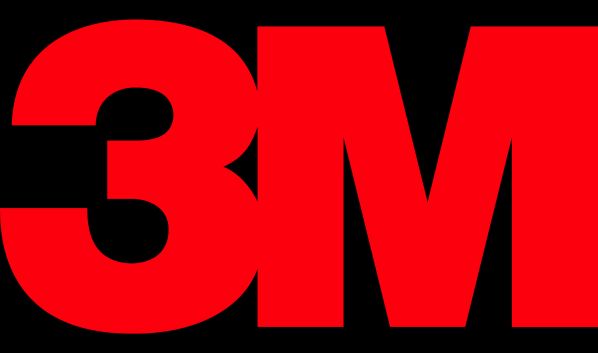
Company: 3M
Previous rank: #98
Revenue: $30 billion
Revenue Change: -4.9%
Profit: $4.8 billion
3M? I know what some of you are thinking. How did the Scotch tape and Post-It Note guys make this list?
3M has a huge lineup of diversified products that includes business electronics and data-center products and services. 3M recruits VARs, data-processing partners, consulting and distribution partners, just to name a few. Don’t be surprised to see 3M as a vendor at a channel show.
The company recently open a new science center that will be home to work on new innovations across all of its divisions.
And did you know that 3M is into such things as aerospace engineering and orthodontistry as well?
Which tech companies were close to cracking the Fortune 100? Avnet (102), Tech Data (108), EMC (113), Time Warner Cable (116) and Arrow (119) all made a run at breaking the century mark this year.
Fortune 500: Channel Giants AT&T, Verizon, Comcast, Cisco Near the Top
Please click here for more Channel Partners galleries.
Read more about:
AgentsAbout the Author(s)
You May Also Like


